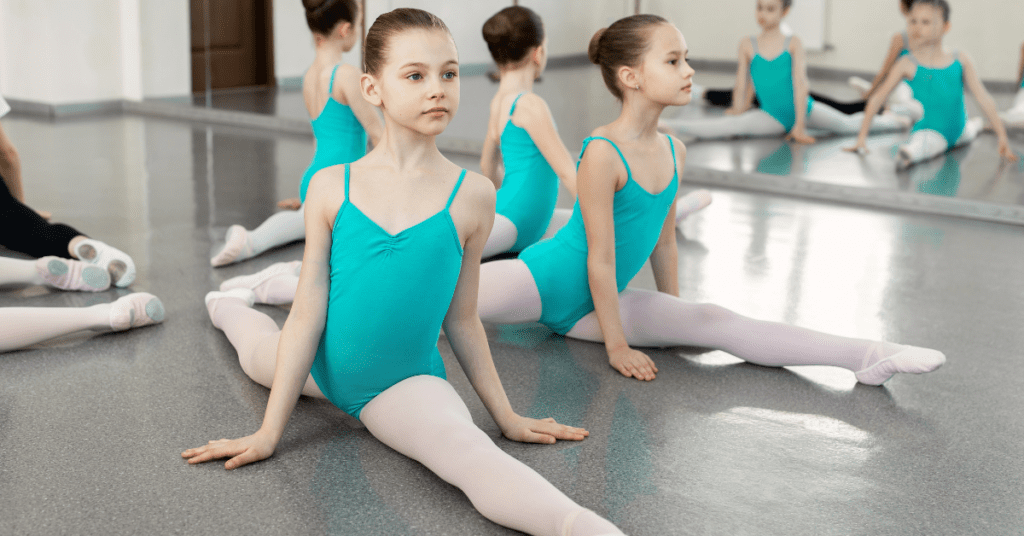Introducing young dancers to ballet means more than teaching them steps and positions. It’s about engaging them with a training method that enhances their growth in a fun and supportive way. The Progressing Ballet Technique (PBT) is specially designed to build strength, flexibility, and understanding of ballet technique through exercises customised to the needs of growing dancers.
The Foundations of Progressing Ballet Technique
PBT: A Modern Approach to Traditional Ballet
Progressing Ballet Technique offers young dancers a unique approach that combines traditional ballet principles with modern, physiotherapeutically-based exercises. This method focuses intensely on developing core stability, muscle control, and alignment. Each exercise is crafted to reinforce the muscle memory required for classical ballet techniques.
Building a Strong Base
The core of any ballet dancer is crucial. PBT starts with exercises that enhance core strength, ensuring young dancers develop the right posture and balance. These foundational skills are vital as they affect every other aspect of ballet, from turns and jumps to maintaining the correct form.
Customising PBT for Youngsters
Understanding Children’s Unique Needs
Children aren’t just small adults. Their bodies are still developing, and their training needs to reflect that. Exercises are modified in PBT sessions for kids to suit their physical and cognitive stages. This customisation helps prevent injuries and ensures the training is effective and enjoyable.
Keeping Training Engaging and Fun
The key to maintaining interest in ballet for children is ensuring the training is enjoyable. PBT uses games and stories to teach complex ballet concepts and techniques, making sessions fun and engaging. This approach helps young dancers look forward to every class, building a lifelong love for ballet.
Safely Implementing PBT
Safety in Training
Safety is paramount when teaching young dancers. Instructors need to ensure that each child understands how to perform movements safely. This involves teaching the correct techniques and continuously monitoring each dancer’s form and fatigue levels to adjust the training accordingly.
Short and Focused Sessions
Children have limited attention spans. PBT sessions for young dancers are kept short and focused, with clear objectives for each session. This keeps the children engaged and prevents fatigue, which can lead to loss of interest or injury.
The Benefits of Progressing Ballet Technique
Enhanced Physical Health
Regular PBT sessions improve physical strength, flexibility, and endurance. These physical benefits are crucial for dance and overall health and well-being.
Improved Dance Technique and Performance
As children develop a stronger base through PBT, they also enhance their dance technique. This leads to improved performance, with more precise and graceful movements.
Increased Confidence and Self-Discipline
Mastering new skills through PBT can significantly boost a young dancer’s confidence. Furthermore, the discipline required to stick with a regular training schedule fosters greater self-discipline, an essential skill both on and off the dance floor.
Conclusion
The Progressing Ballet Technique offers a structured yet flexible approach to ballet training, ideal for young dancers. By focusing on core strength, technique, and safety while keeping sessions fun and engaging, PBT helps lay a solid foundation for the future of young ballet enthusiasts.
At Kew School of Dance, we’re committed to providing a supportive and enriching environment where your child can thrive and grow as a dancer and an individual. Join us to see how our customised PBT sessions can transform your child’s dance journey. For more information, contact us at 03 9123 8458 / 0410 311 008 and let your child’s ballet journey begin!








